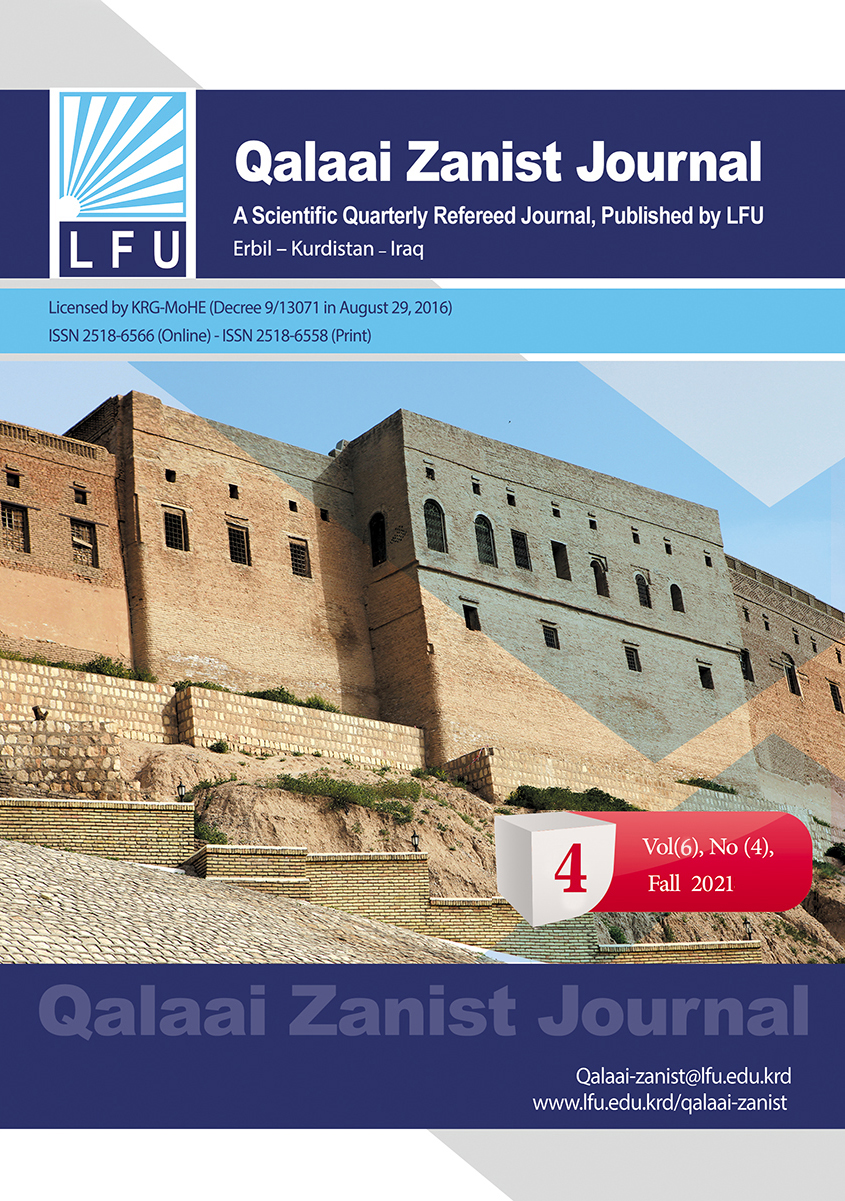Ways to Increase the Efficiency of Steganographic Use of Fractal Image Compression Algorithm
##plugins.themes.bootstrap3.article.main##
Abstract
The state of the art in fractal picture compression algorithms is investigated. The primary directions for improving compression algorithms are discussed. In terms of classification efficiency and picture processing speed, the methods are among the most effective. The concept of steganographic use of the fractal algorithm is discussed. The differences between the advanced compression algorithm and the classic compression algorithm are evaluated to accomplish so. The differences discovered are used to define ways to improve the efficiency of the stego algorithm. The development of digital image compression technology was spurred by the necessity for speedy communication and "live" digital image information over the internet. Time has passed, and many tactics exist now to reduce the compression ratio and increase the usability of speedy computation, but because we are limited by certain constraints, there are many inventive ways to overcome these limitations. Today's environment is heavily reliant on digital media storage, necessitating the creation of more effective image or data compression algorithms. Images must be compressed and soft-encoded before being used in the transmission phase due to limited bandwidth and power. This paper discusses the differences between Lossy and Lossless compression methods as they apply to image processing.
Downloads
##plugins.themes.bootstrap3.article.details##
How to Cite
Copyright (c) 2021 Mohammed Sardar Ali، Noura Qusay Ebraheem

This work is licensed under a Creative Commons Attribution 4.0 International License.

